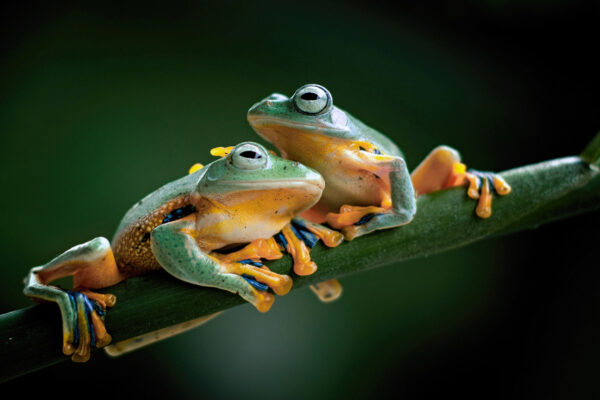Jaguars, toucans, and capuchin monkeys represent the biodiversity of tropical rainforests. Their vibrant colors and varied behaviors showcase the complexity of this rich ecosystem.

How Zoos Educate the Public About Wildlife Conservation
Education is one of the primary missions of modern zoos. By offering interactive experiences and informative exhibits, zoos create opportunities for the public to learn about the animals they care for and the challenges these species face in the wild.
A trip to the zoo offers more than just a chance to see exotic animals up close—it’s an opportunity to inspire conservation efforts. Zoos provide visitors with detailed information about the habitats, diets, and behaviors of their animals, often incorporating real-world examples of how climate change, deforestation, and poaching threaten these species in their natural environments.
Many zoos have developed educational programs specifically designed for schools and families, offering hands-on activities such as feeding sessions, behind-the-scenes tours, and interactive displays. These programs encourage children to become curious about wildlife and engage them in conservation efforts at an early age. Educational talks and presentations also allow zookeepers and scientists to share their knowledge with the public, often featuring live animal demonstrations.
Zoos also participate in global awareness campaigns, such as Earth Day or World Wildlife Day, hosting events that emphasize the importance of conservation. Through these efforts, zoos connect visitors to international conservation efforts, showing how they can contribute to protecting biodiversity.
Ultimately, zoos are uniquely positioned to bridge the gap between humans and wildlife, educating the public in ways that documentaries or books cannot. By fostering a sense of empathy and understanding for animals, zoos play a pivotal role in encouraging people to become more engaged in environmental protection.


